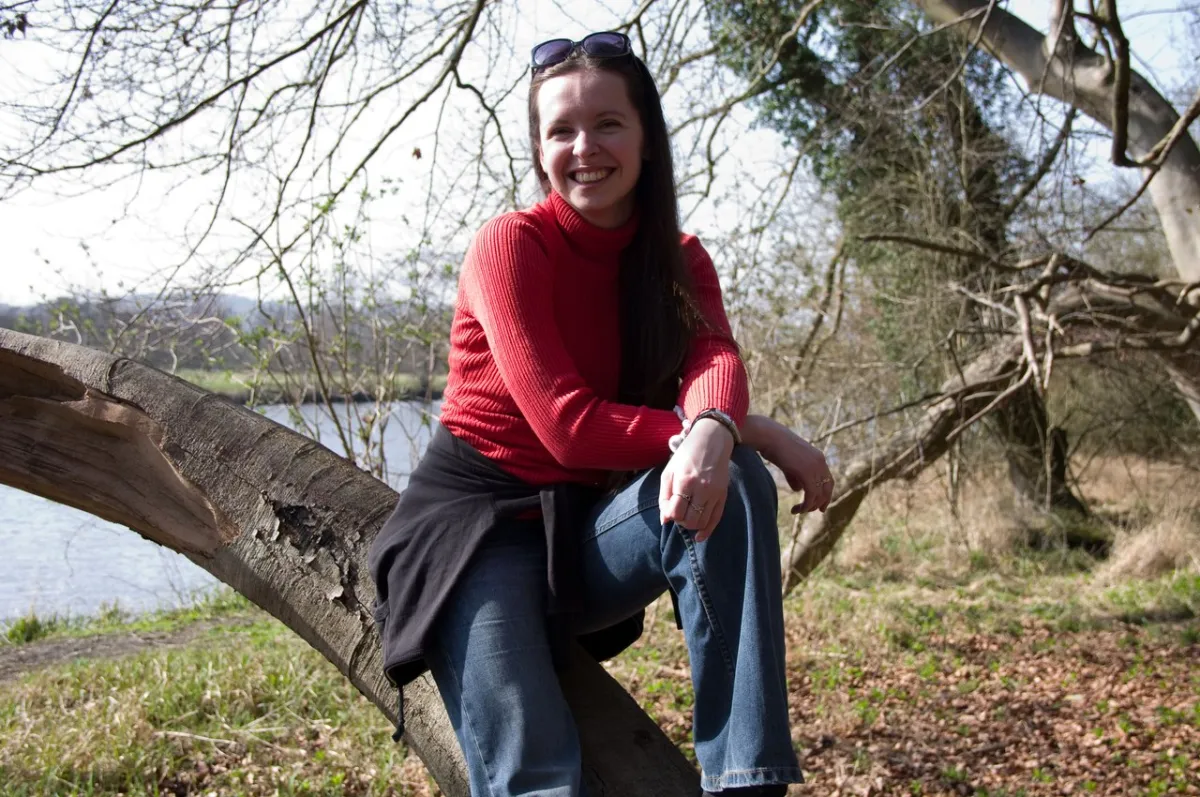Kate Kiseeva

My life was always full of surprises and unexpected events. I could never believe that I would become a geologist. I guess, that was quite a surprise, not only for myself, but also for my entire family. Luckily, the best teachers and the best specialists in their field always supported my adventurism. After completing my undergraduate degree in Petrology and Mineralogy in St. Petersburg (Russia), I received a great opportunity to continue my studies at the ANU. That was my first serious trip abroad. I remember the 40-hours long journey to Australia, it was exhausting. But when I finally arrived, in tears, at Canberra airport, holding a teddy-bear in my arms, I saw my PhD supervisor Greg Yaxley, who later confessed that he didn’t recognize me, but had certainly recognized the teddy-bear which was on the picture that I sent him earlier. That was the start of my new life, the life that opened for me the entire world and provided me with an endless number of opportunities.
ANU gave me everything one could dream of, a fantastic working and studying environment, welcoming department, one of the best experimental petrology groups in the world, and of course, the best ever PhD supervisor Greg Yaxley. Now, a few years later, I think of those 3.5 years of my PhD as amongst the best and the most eventful years in my life, not only academically, but also socially.
Apart from working on carbonated eclogites and their phase relations in the upper and lower mantle, I had a chance to participate in a few fieldtrips around New South Wales, which were conducted by Bruce Chappell and Ian Williams. They showed to me Australia beyond the ANU campus, and took me to the wonderful geological locations and outcrops, which were iconic for the discovery of S- and I-type granites.
Another piece of luck; after finishing my PhD, in 2012 I took a 2-year postdoctoral position in the University of Oxford. A year later I applied for a Natural Environment Research Council fellowship, which I was granted in May 2014.
Now I have 5 years of research funds and I can continue doing my favourite job – running high-pressure, high-temperature experiments and discovering new things about the Earth's mantle.
